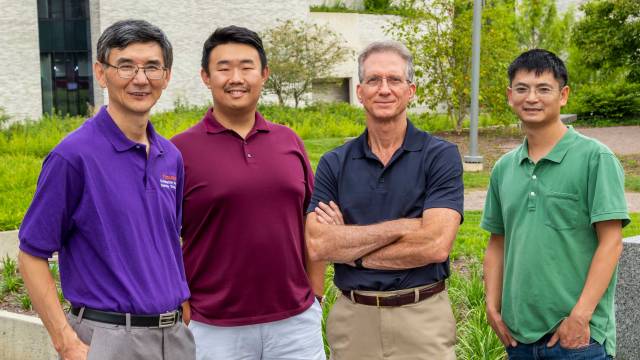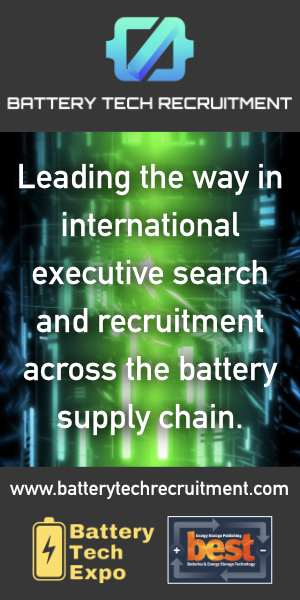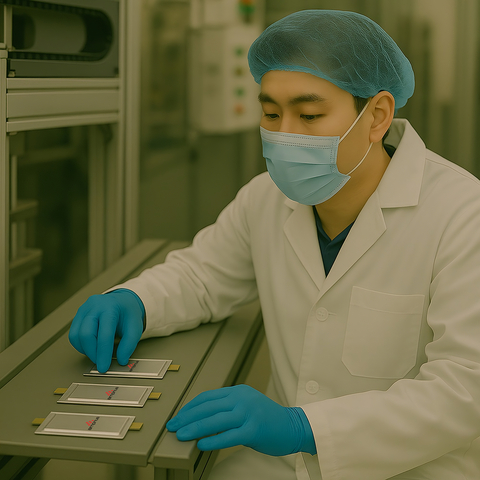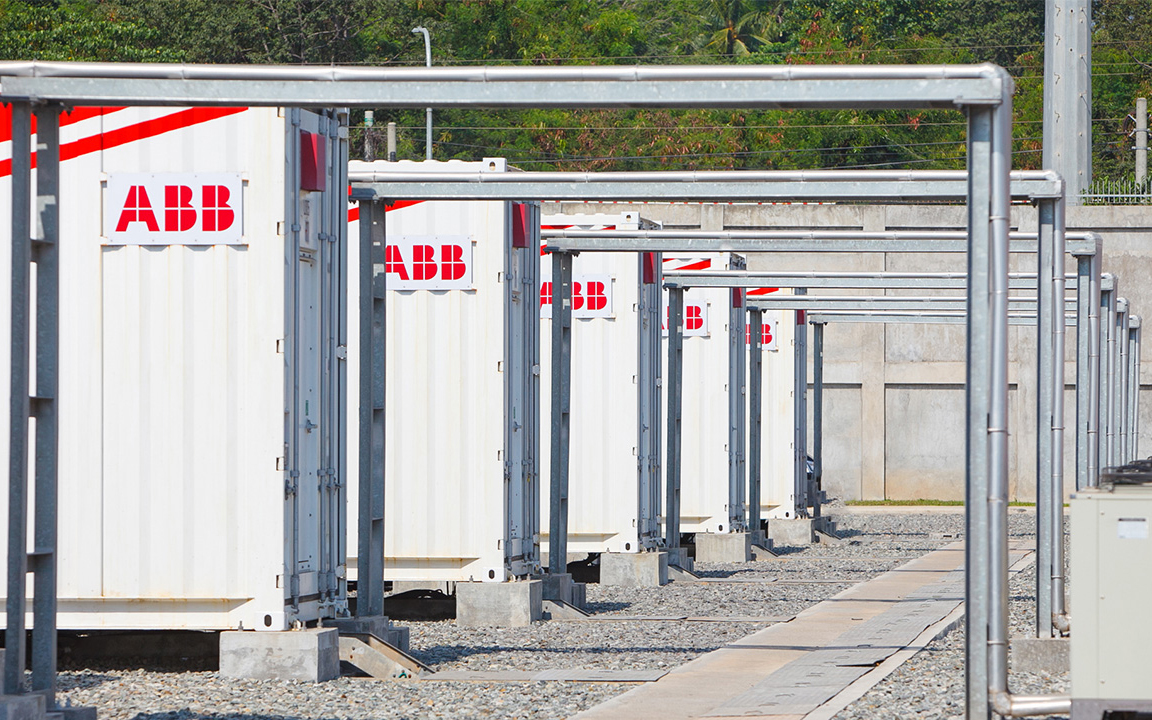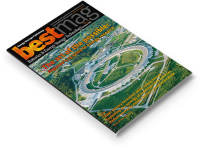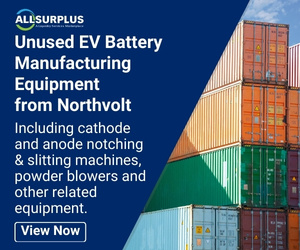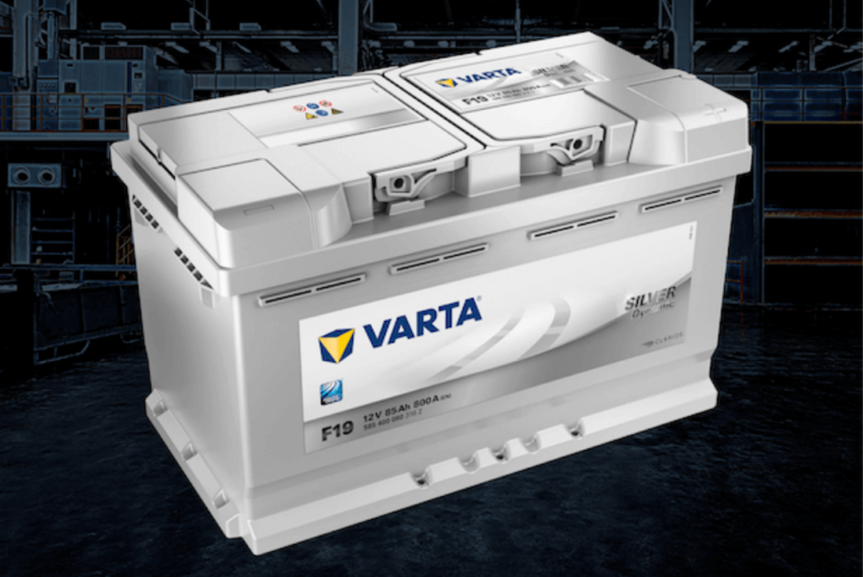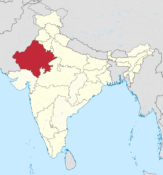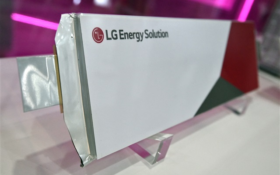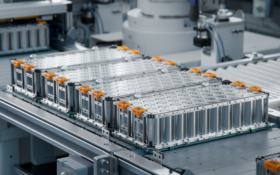Researchers from Princeton NuEnergy have developed an inexpensive, sustainable way to turn spent lithium-ion materials into new cathodes.
The team’s method involves mechanically separating the cathode and anode materials and running the cathode powder through a plasma reactor to remove contamination produced when cycling the batteries.
The team’s process uses low-temperature plasma and extremely reactive ionized gas that allows the plasma to carry out chemical reactions to remove contaminants from the cathode powder that would otherwise require very high temperatures.
The team’s recycling method recovers much of the structure and composition of the used cathode, along with cobalt and lithium.
However, the method does require small amounts of lithium to be added into the regenerated cathode powder due to used batteries losing some lithium from the cathode material.
The team is aiming to scale up production to at least a ton per day during this year to see if the process works for producing tons instead of kilograms of cathode material.
The scale up follows a partnership with Taiwan-based Wistron GreenTech and eTak Worldwide, last September.
Princeton NuEnergy is running a pilot project with Wistron GreenTech, and is building a processing line at the latter’s facility in Texas, US.
The Wistron plant, a former manufacturing line that was used to reclaim gold from the printed circuit boards of electronics will be converted to a battery recycling line using the Princeton NuEnergy process.
Bruce Koel, professor of chemical and biological engineering, a co-founder of Princeton NuEnergy and a technology advisor, said scale up was always a challenge because it was “one thing to do it in a beaker, and another thing doing it in a vat the size of your office”.
He said: “We can’t do this fast by ourselves. Wistron had an empty manufacturing line and so they were very interested in hearing our proposal.
“The performance of our regenerated cathodes in small coin cell battery tests is excellent, but at the end of the day, we are going to have independent third parties say ‘we took their materials from them and we made these batteries, and these batteries work great.’ That’s the next step.”
Chao Yan, co-founder and CEO of Princeton NuEnergy and a postdoctoral research associate in the Department of Mechanical and Aerospace Engineering at Princeton University, said: “We think there is a massive opportunity to transfer our technology into a real industrial project that will allow us to recycle and repurpose lithium-ion batteries at scale.”
Yan is experimenting with alternative plasma approaches to make sure there are no better reactors to use.
Xiaofang Yang, who was an associate research scholar at Princeton, led the technology development and is a co-founder and CTO of the company.
Princeton NuEnergy spun out from Princeton University in 2019 to focus on the direct recycling of lithium-ion batteries from electric vehicles and consumer electronics.

